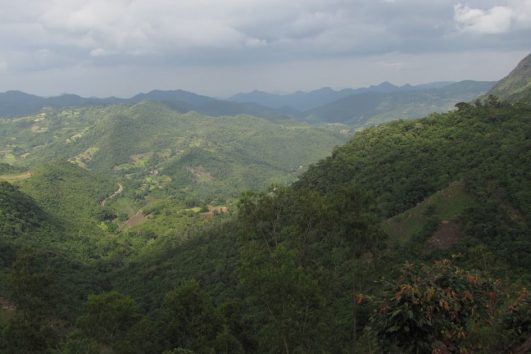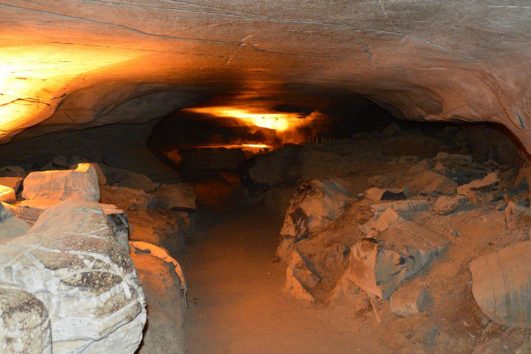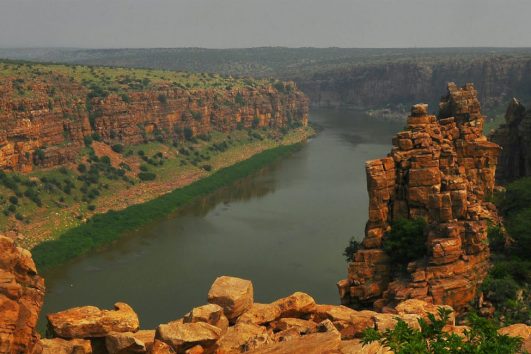South India is a region located in the southern part of the Indian subcontinent. Comprising five states (Andhra Pradesh, Karnataka, Kerala, Tamil Nadu, and Telangana) and two union territories (Lakshadweep and Puducherry), South India is a land of remarkable cultural diversity and historical significance. The region’s unique blend of traditions, languages, and natural beauty makes it a captivating destination for travelers and a significant contributor to India’s cultural tapestry.
Geographic Location
South India is situated in the southern peninsular region of India, flanked by the Arabian Sea to the west, the Bay of Bengal to the east, and the Indian Ocean to the south. Its geographical diversity ranges from lush coastal plains to the towering peaks of the Western and Eastern Ghats, offering a wide range of ecosystems and landscapes.
Historical Significance
The history of South India is deeply intertwined with the broader history of India. It boasts a rich tapestry of dynasties and empires, including the Cholas, Cheras, Pandyas, and the Vijayanagara Empire, which left behind impressive architectural marvels, such as the temples of Mahabalipuram and the ruins of Hampi. The colonial period also left an indelible mark on the region, with influences from Portuguese, Dutch, and British colonial rule.
Geography and Climate
States and Union Territories
- Andhra Pradesh: Known for its fertile plains and coastline.
- Karnataka: Home to a mix of bustling cities and pristine natural beauty.
- Kerala: Famous for its lush greenery, backwaters, and cultural heritage.
- Tamil Nadu: Renowned for its ancient temples, classical music, and literature.
- Telangana: A region with a rich cultural history and rapid urban development.
- Lakshadweep: A tropical paradise comprising coral atolls and pristine beaches.
- Puducherry: A former French colony with a unique blend of Indian and French influences.
Topography
South India’s topography varies widely, encompassing coastal plains, fertile river valleys, dense forests, and rugged mountain ranges. The Western Ghats, in particular, are a biodiversity hotspot and a UNESCO World Heritage Site.
Climate Zones
South India experiences a diverse range of climates, from tropical in the coastal regions to subtropical and even semi-arid in some areas. The Western and Eastern Ghats play a crucial role in influencing regional weather patterns.
Natural Features
The region is blessed with stunning natural features, including pristine beaches like Kovalam and Mahabalipuram, picturesque hill stations like Munnar and Ooty, and wildlife sanctuaries like Periyar and Bandipur.
Culture and Tradition
Languages Spoken
South India boasts a multitude of languages, including Tamil, Telugu, Kannada, Malayalam, and Tulu, each with its own script and literary tradition. English is widely spoken and understood, making the region accessible to visitors from around the world.
Religion and Beliefs
Religion plays a central role in the lives of South Indians. The region is a hub of Hinduism, with countless temples dedicated to various deities. Other religions like Islam, Christianity, and Jainism also have a significant presence.
Festivals and Celebrations
South India is known for its vibrant festivals, such as Pongal, Onam, Diwali, and Navratri, which are celebrated with grandeur and fervor. The music and dance forms like Bharatanatyam, Kathakali, and Carnatic music are an integral part of the cultural fabric.
Cuisine
South Indian cuisine is celebrated for its use of spices, rice, coconut, and an array of vegetarian and non-vegetarian dishes. Popular dishes include dosa, idli, sambar, biryani, and seafood specialties.
Arts and Crafts
The region has a rich tradition of arts and crafts, including Tanjore paintings, Kalamkari textiles, and intricate woodcarvings. The vibrant silk sarees of Kanchipuram are renowned worldwide.
History
Ancient South India
South India’s history dates back to ancient times, with evidence of civilization in the Indus Valley and Sangam literature. The region saw the rise of powerful dynasties like the Cholas, who built majestic temples, and the Pallavas, known for their architectural prowess.
Medieval Period
During the medieval period, the Vijayanagara Empire emerged as a dominant force, fostering art, literature, and culture. Islamic dynasties like the Bahmanis and the Adil Shahis also played a significant role.
Colonial Era
South India witnessed European colonization, with the Portuguese, Dutch, and British leaving their mark on the region. The influence of colonial architecture and institutions can still be seen today.
Post-Independence
After India gained independence, South India continued to thrive and contribute significantly to the nation’s economy, education, and cultural heritage.
Landmarks and Tourist Attractions
Historical Monuments
South India is home to a plethora of historical monuments, including the Meenakshi Temple in Madurai, the Brihadeeswarar Temple in Thanjavur, and the Golconda Fort in Hyderabad.
Temples and Religious Sites
The region is dotted with countless temples, each with its own unique architecture and religious significance. The temples of Rameswaram, Tirupati, and Guruvayur are among the most revered.
Natural Wonders
The Western Ghats are a treasure trove of natural beauty, featuring lush forests, waterfalls like Jog Falls, and hill stations like Coorg.
Beaches and Coastal Areas
South India’s coastline offers pristine beaches like Varkala and Gokarna, where visitors can relax, swim, and enjoy water sports.
Economy and Industries
Agriculture
Agriculture is a significant part of South India’s economy, with the region known for the cultivation of rice, spices, coffee, and tea.
Information Technology (IT)
Cities like Bengaluru (Bangalore) have emerged as major IT hubs, attracting tech companies and professionals from around the world.
Manufacturing
South India has a robust manufacturing sector, with industries ranging from textiles and automotive to electronics and pharmaceuticals.
Tourism
Tourism plays a vital role in the economy, drawing visitors with its cultural heritage, natural beauty, and diverse cuisine.
Transportation and Infrastructure
Roads and Highways
South India has an extensive network of roads and highways, making it well-connected and accessible by land.
Railways
The Indian Railways connect South India to the rest of the country, with major cities and towns served by an extensive rail network.
Airports
Several international and domestic airports, including Chennai International Airport and Kempegowda International Airport in Bengaluru, facilitate air travel to and from the region.
Ports and Waterways
Ports like Chennai and Kochi serve as vital trade gateways, and the region also has a network of inland waterways.
Showing 1–16 of 17 results



